
Award for Encouragement of Contemporary Ceramic Art, Kyushu-Okinawa Exhibition, Japan “song without words”
2023.12.22
Awards

Please check the details from the link below.

Please check the details from the link below.
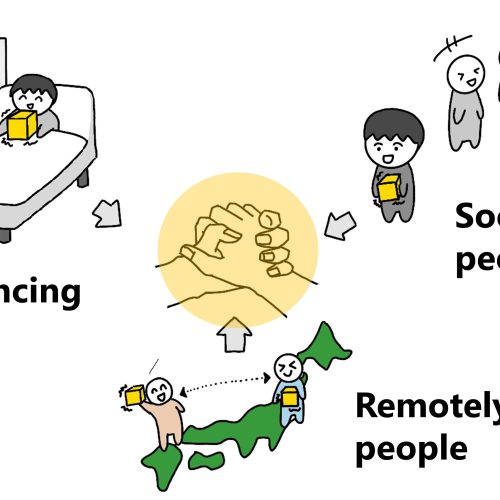
Associate Professor Hsin-Ni Ho’s “Digital Touch Brings Us Together, No Matter the Distance” has been posted on…
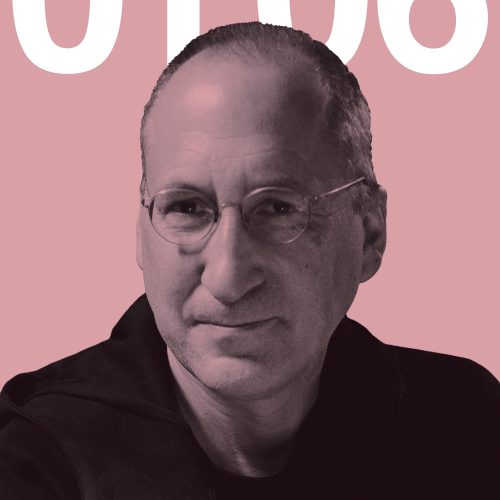
We are pleased to present an artist talk by Chris Salter. Date: Monday, January 6, 2025, 18:30-20:00Venue: Rec…
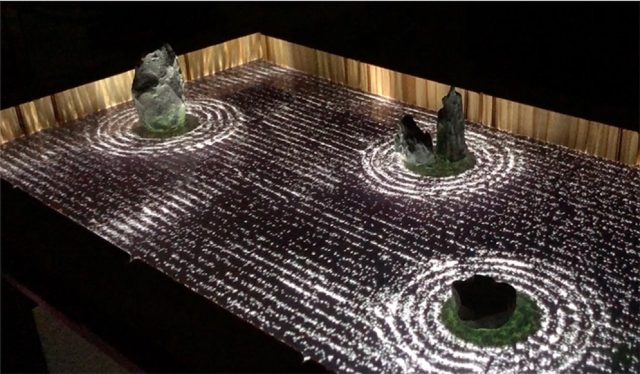
The Media Design Course consists of four fields: Media Sciences, Media Engineering, Media Expression, and Media Sociocultural Studies.
Through education in visual science, psychology, technology, systems, content design, artistic expression, society, culture, and communication, students will acquire progressive and deep thinking, creative, expressive, and analytical skills, and explore and practice media design that harmonizes cutting-edge scientific and technical knowledge with aesthetic sensitivity.
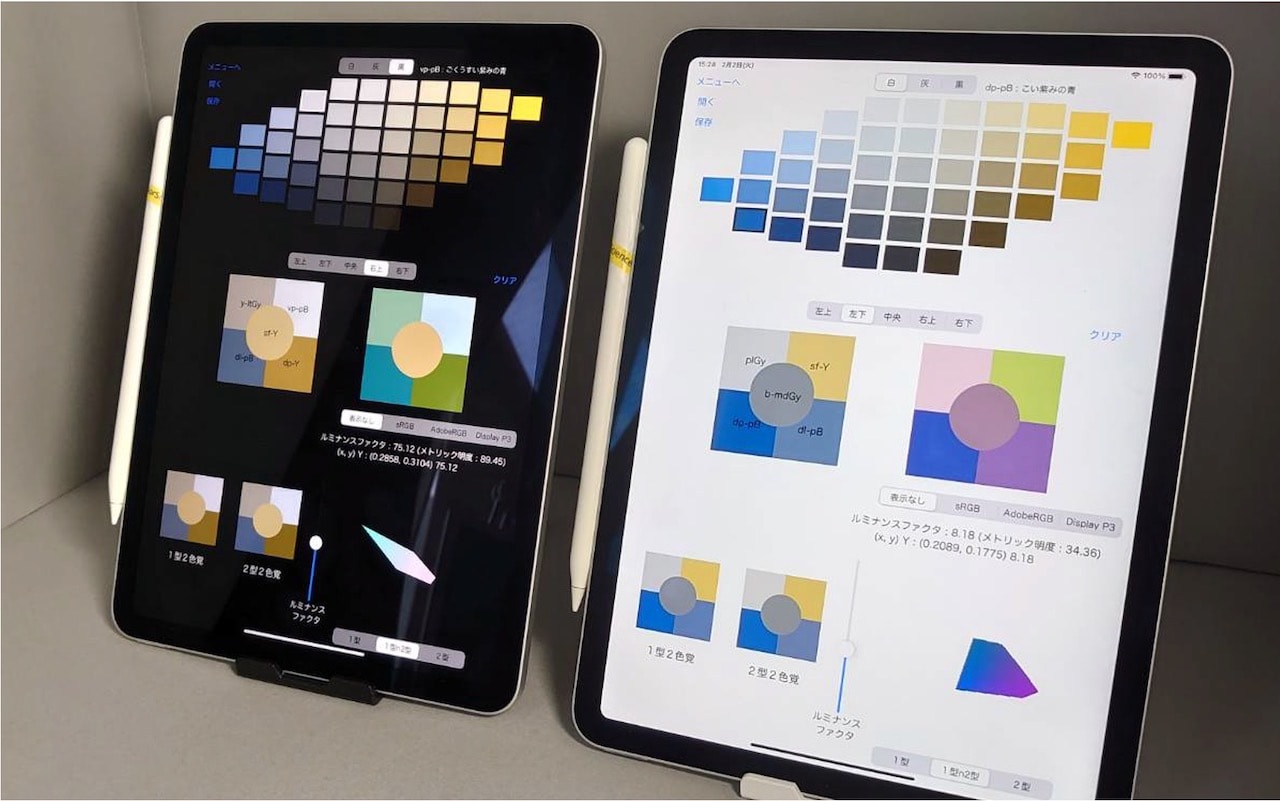
Students will acquire scientific knowledge and thinking skills in human visual science and psychology.
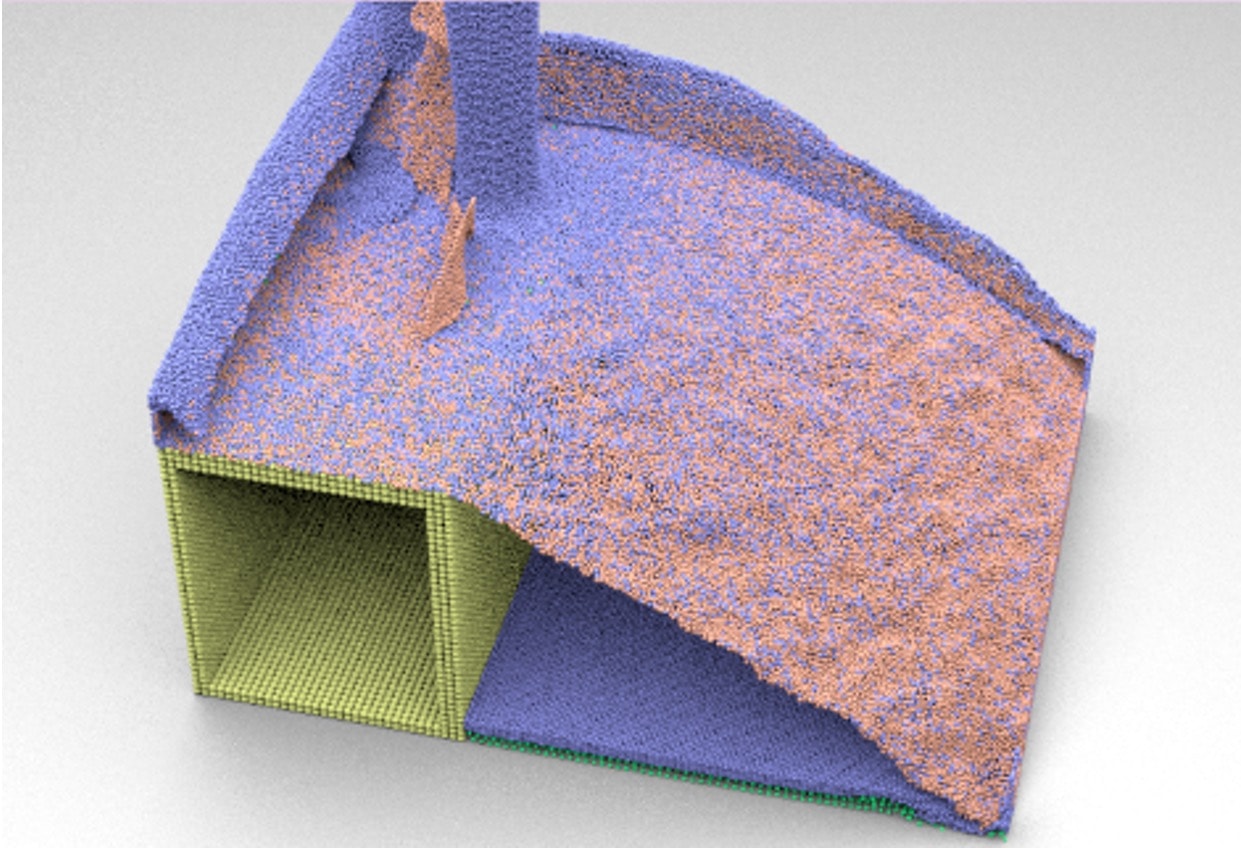
Students will acquire knowledge and apply skills in advanced technologies that form the basis for advanced media expression and utilization.
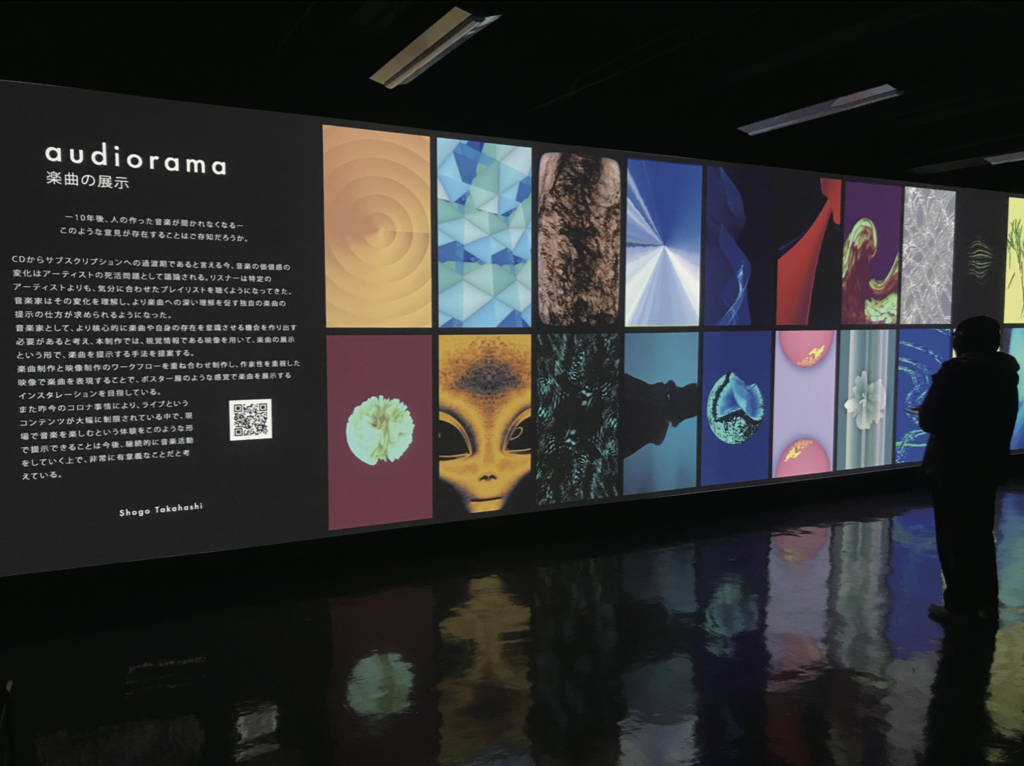
Students will learn of creative expertise and methodologies, and acquire advanced aesthetic sensitivity, expressiveness, and creativity
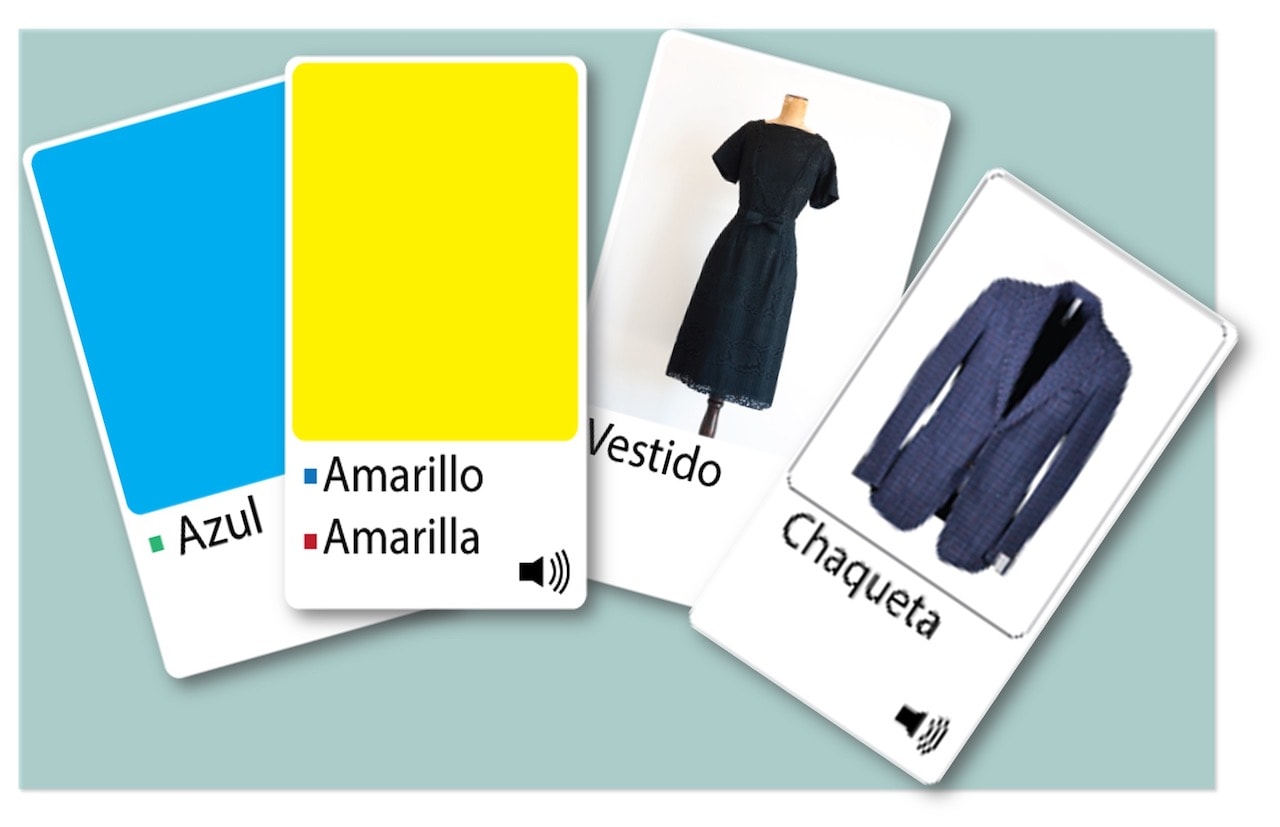
Students will acquire knowledge and thinking skills related to cultural diversity and communication studies.
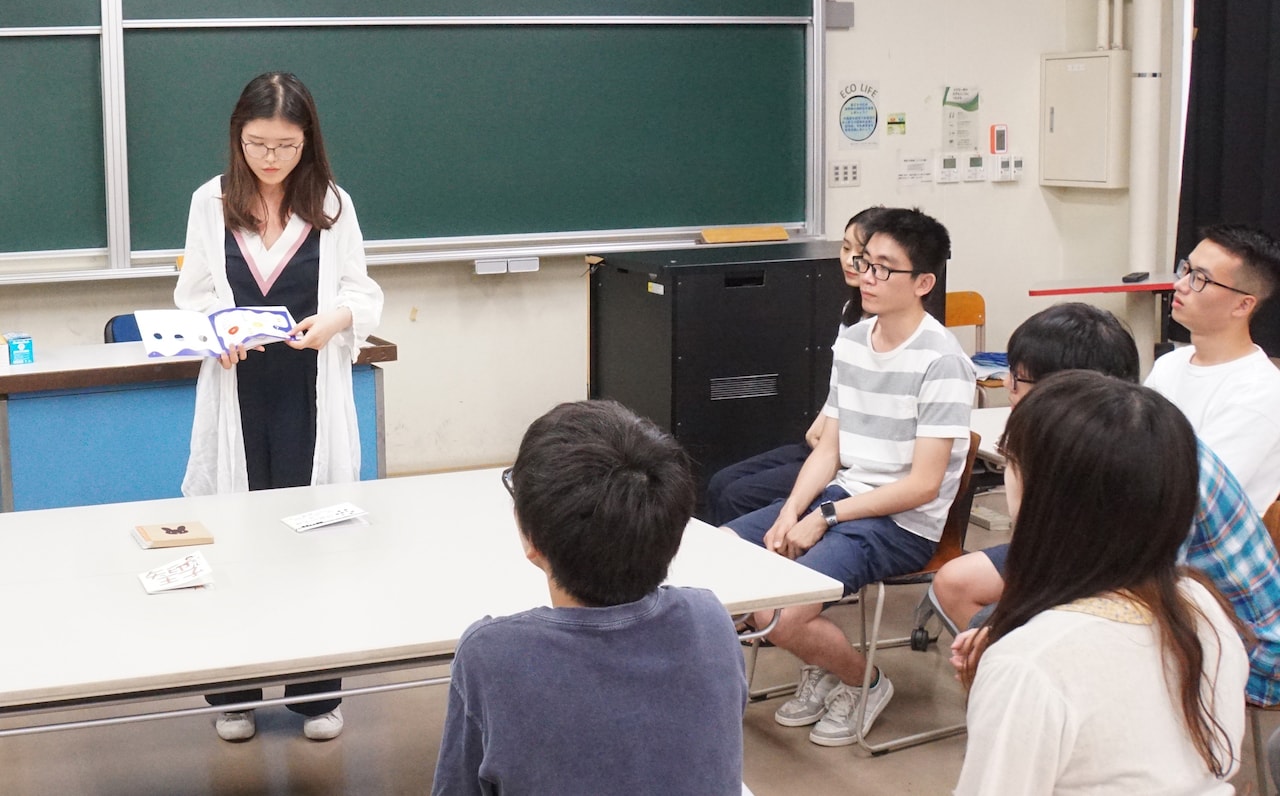
In the Core Subjects, students study "Media Sciences" to understand the science of how people perceive and understand media, "Media Engineering" to learn the technologies to use and utilize media, "Media Expression" to know how to express and create media, and to put it into practice, and "Media Sociocultural Studies" to have an understanding of the society and culture constructed with media. The "Studio Projects" are cross-disciplinary design projects in which students collaborate with students in other courses to solve practical problems. In "Special Research on Design," students conduct master's research and production in their respective laboratories and write a master's thesis.
| Name | Position | Field of Specialization |
|---|---|---|
| HARA Kenji | Professor | Visual Information Processing |
| ITO Hiroyuki | Professor | Perceptual Psychology |
| KIM Daewoong | Professor | Contents Design |
| SUNAGA Shoji | Professor | Color and Visual Sciences |
| TAKENOUCHI Kazuki | Professor | Mechanics Design, Graphic Science |
| TOMOTARI Mikako | Professor | Sculpture, Art Studies |
| TSURUNO Reiji | Professor | Computer Graphics |
| USHIAMA Taketosi | Professor | Digital Content Environment Design |
| FUYUNO Miharu | Associate Professor | Cognitive Linguistics, Corpus Linguistics, English Education, Media and Education, Media and Language Culture |
| Ho Hsin-Ni | Associate Professor | Haptics |
| INOUE Kohei | Associate Professor | Pattern Recognition, Image Processing |
| ISHII Tatsuro | Associate Professor | Visual Image Expression, Enhanced Visual Image Expression |
| MAKINO Yutaka | Associate Professor | Installation, Performance, Computer Music |
| MORIMOTO Yuki | Associate Professor | Computer Graphics |
| NOMURA Katsuhisa | Associate Professor | Graphic Design |
| ONO Naoki | Associate Professor | Digital Image Processing and Recognition |
| SENO Takeharu | Associate Professor | Psychology |
| BLANCO Laura | Assistant Professor | Instructional Design in Foreign Language Education |
| KAMEOKA Takayuki | Assistant Professor | Haptics, Virtual Reality, Human-Computer Interaction |
| KUDO Mao | Assistant Professor | Sign System Design, Visual Symbol |
| TOH Kiriko | Assistant Professor | Web Design |
| ZARINS Martins | Assistant Professor | Acting, Directing, Theatre Studies, Linguistics |